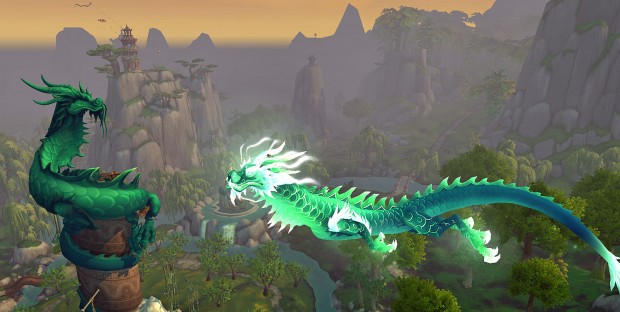Sheehy designs “quests” with particular learning objectives in mind that the students or -- “heroes” as they’re called in class -- must complete. Quests might include components of comparative writing or characterization exercises. For example, Sheehy had her students read J.R.R. Tolkien’s The Hobbit as they progressed through the course, and for one assignment, they had to pick a character from the book and categorize that character within World of Warcraft. They were asked to defend their choices in writing, supporting their argument with the text.
“When I bring these to their other teachers, I am consistently told, ‘I don’t get anything like this from them,’” Sheehy said in reference to the writing her students produce. They write complex arguments because they are passionate about the game, the storyline, and the class. “When there is no passion you get dutiful, for the grade work,” she said.
One of the benefits of using a multiplayer, collaborative game is that students also work together to accomplish quests. They post their writing in “guilds” within the game and are asked to critique one another’s writing, creating a constructive peer review.
Perhaps one of the most prominent ways that game-based classes are different from traditional ones is how failure fits into the daily experience of learning. “Failure in a game typically means that you tried the challenge in a new way,” Sheehy said. It’s not bad; it’s creative problem-solving, risk-taking, and a natural outcropping of trying something new. But in most classrooms, kids are programmed to understand failure as shameful at early ages. “Game designers get that failure is anticipated and celebrated. It’s a learning opportunity,” Sheehy said.
[RELATED READING: Money, Time and Tactics: Can Games Be Effective in Schools?]
Those accustomed to having assessments be part of the learning model may wonder how to measure things like reading comprehension, grammar, and vocabulary.
“Assessment and gaming are so contradictory,” Sheehy said. “Gaming is almost like the scientific method. You get your quest, you form a hypothesis, you try it out, you encounter challenges and you draw conclusions.” She thinks that’s assessment enough and is wary that formally assessing students will take the fun and the passion out of what she considers to be a very effective education tool.


